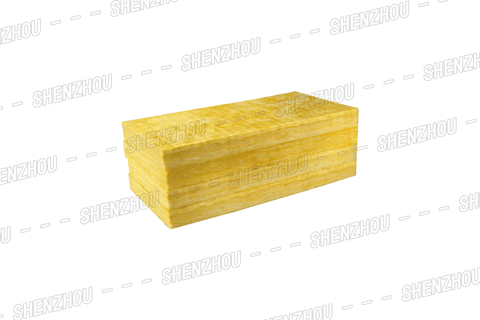
What is ceramic wool?
6/14/20245 min read

Ceramic fiber is an inorganic non-metallic special fiber made from high-purity raw materials such as alumina and silica through specific production processes. It plays an important role in the high-temperature industrial field and is widely used due to its excellent heat resistance, corrosion resistance, and insulation performance.
Categories
Popular
Applications of Glass Wool Board:
Interior Wall Compartments:
Enhances the functionality and aesthetics of interior spaces.
Ceiling Systems:
Provides effective insulation for ceilings, contributing to energy efficiency.
Insulation of Iron Sheet Air Ducts or Bellows:
Ideal for insulating ductwork, ensuring thermal efficiency.
Sound Absorption and Noise Reduction:
Reduces noise levels in machine rooms, creating a quieter working environment.
Exterior Wall Insulation:
Offers insulation for residential building exteriors, contributing to energy savings.
Glass Wool Insulation





Firstly, let's explore the basic properties of ceramic fibers. Ceramic fibers have the characteristics of high melting point, high strength, high elastic modulus, and good chemical stability. These characteristics enable ceramic fibers to maintain their stability and reliability in harsh environments such as high temperature, high pressure, and strong corrosion. In addition, ceramic fibers also have good thermal conductivity and electrical insulation properties, making them widely used in electrical, electronic, metallurgical, chemical and other fields.
Next, we will analyze the production process of ceramic fibers. The production process of ceramic fibers usually includes steps such as raw material preparation, melt spinning, heat treatment, and post-treatment. Firstly, high-purity raw materials such as alumina and silica are mixed and ground to prepare raw material powders that meet the requirements. Then, under specific melting conditions, the raw material powder is melted and spun into fibers. Next, heat treat the fibers to further improve their performance. Finally, after post-processing, ceramic fiber products with specific shapes and sizes are obtained.
Ceramic fibers have a wide range of applications in multiple fields. In the aerospace field, ceramic fibers are used as insulation materials for components such as engines and rockets due to their high temperature resistance and corrosion resistance, improving the performance and safety of equipment. In the power industry, ceramic fibers, as insulation materials for electrical equipment, can effectively prevent the occurrence of electrical accidents. In addition, ceramic fibers can also be used for furnace lining, pipeline insulation, and other aspects in industries such as metallurgy and chemical industry, improving production efficiency and reducing costs.
However, there are also some challenges and problems in the application process of ceramic fibers. For example, the relatively high production cost of ceramic fibers limits their application in certain fields. In addition, ceramic fibers may be affected by mechanical damage, thermal shock, and other factors during use, leading to a decrease in their performance. Therefore, how to improve the performance of ceramic fibers and reduce costs is currently a hot and difficult research topic.
In order to overcome these problems, researchers are committed to researching new ceramic fiber preparation techniques and modification methods. For example, by optimizing the raw material ratio and improving the melt spinning process, the performance and quality of ceramic fibers can be improved. At the same time, surface treatment technology is used to modify ceramic fibers, enhance their compatibility and adhesion with other materials, and expand their application range.
In addition, with the increasing awareness of environmental protection, the environmental friendliness of ceramic fibers has also become an important research direction. Researchers are exploring the use of more environmentally friendly raw materials and production processes to reduce energy consumption and emissions in the production process of ceramic fibers, achieving green production.
In summary, ceramic fibers, as an excellent high-temperature industrial material, have broad application prospects in multiple fields. With the continuous research and exploration of researchers in preparation technology, modification methods, and environmental protection, it is believed that the performance and application scope of ceramic fibers will be further improved and expanded in the future.

Why Choose SHENZHOU Glass Wool Board?
SHENZHOU® Glass Wool Board not only meets the essential requirements of thermal insulation but also excels in sound absorption and noise reduction. Its adaptability to various settings, coupled with the convenience of construction and installation, positions it as a leading choice for architects, builders, and contractors.
In conclusion, the broad application prospects of SHENZHOU® Glass Wool Board make it a comprehensive solution for enhancing comfort, energy efficiency, and acoustic performance across diverse projects. Choose SHENZHOU® for insulation solutions that go beyond expectations.










About Us
Click the button below to get more information about us
Newsletter
Click to subscribe for more information
Follow Us
Contact Us
Address
Dacheng town, Langfang City, Hebei province, China
Phone
+86 185 03165 626


